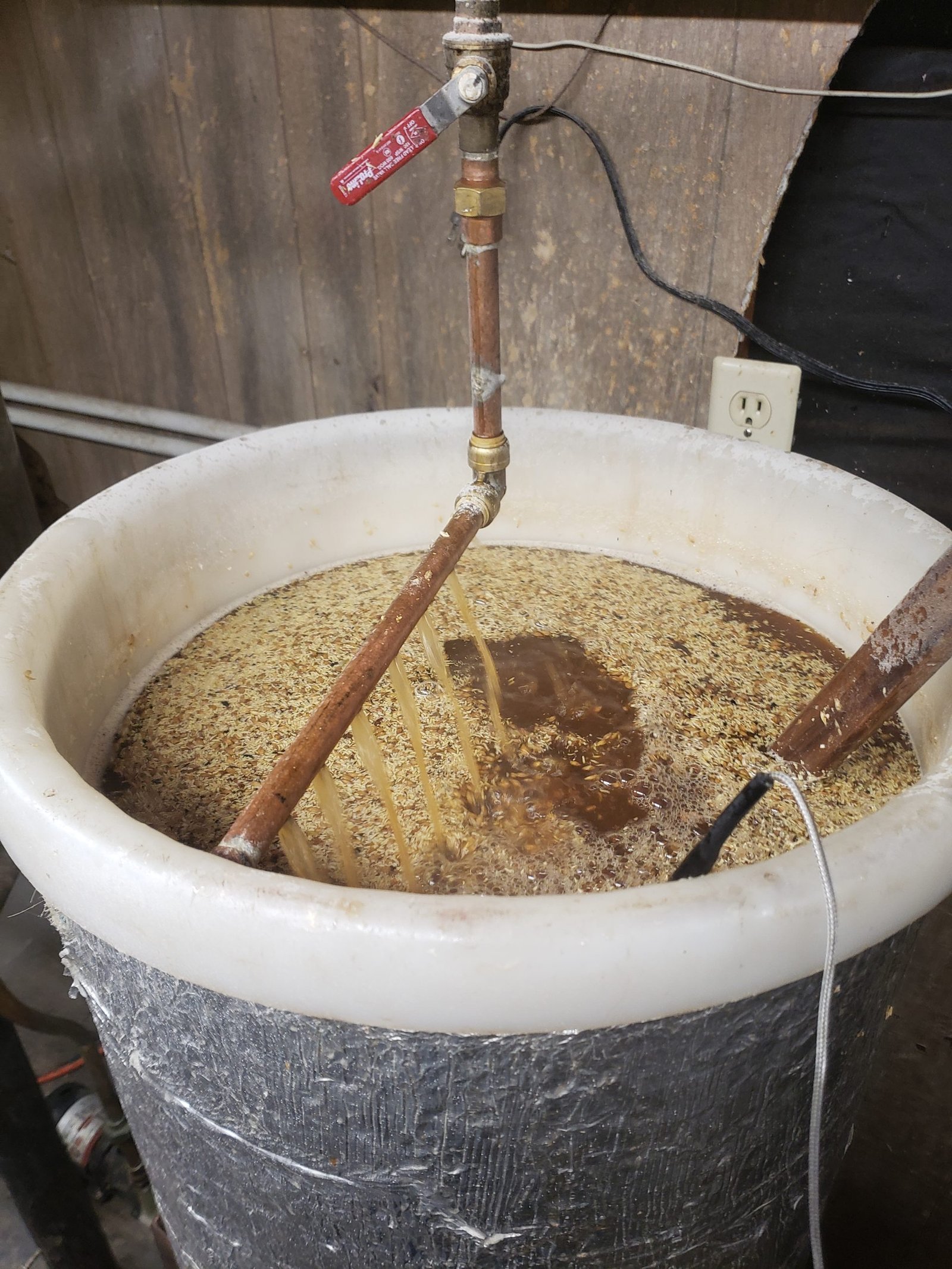As a brewmaster I’m creating an Extra Special Bitter (ESB) style beer, here is a basic formulation of the recipe and an overview of the brewing process. Keep in mind that brewing is a complex and nuanced process, and specific details and adjustments may vary based on your equipment, preferences, and desired outcome. Here’s a general outline:
Formulation of the Recipe:
- Grain Bill: ESB typically has a malt-forward profile. Consider using a combination of base malts and specialty malts. A common grain bill might include Maris Otter (70-80%), Crystal malt (5-10%), and a small portion of a darker malt like Chocolate malt (1-2%) for color and flavor complexity.
- Hops: ESB features a balance of hop bitterness and hop flavor/aroma. Traditional English hop varieties are often used, such as East Kent Goldings or Fuggles. Determine the desired bitterness level and choose hops accordingly.
- Yeast: An English ale yeast strain will contribute to the authentic character of an ESB. Select a strain that ferments cleanly and enhances malt flavors while providing a moderate level of esters.
- Water: Water chemistry plays a role in the beer’s flavor and mouthfeel. Adjustments can be made to match the mineral profile of the water used in traditional English brewing regions, if desired.
Brewing Process Overview:
- Mashing: Crush the grains and mix them with hot water in the mash tun to convert starches into fermentable sugars. Typically, a single-step infusion mash around 65-68°C (149-154°F) is suitable for an ESB.
- Lautering: After mashing, separate the liquid wort from the grain bed by slowly rinsing the grains with hot water. Collect the sweet wort in the brew kettle.
- Boiling: Bring the wort to a rolling boil. Add hops according to the desired bitterness, flavor, and aroma. Consider a longer boil time (60-90 minutes) to develop a richer malt character.
- Cooling: After boiling, rapidly cool the wort to yeast pitching temperature using an immersion chiller or other cooling method. Aim for a temperature around 18-20°C (64-68°F).
- Fermentation: Transfer the cooled wort to a sanitized fermentation vessel, and pitch the yeast. Maintain a controlled fermentation temperature within the yeast strain’s recommended range (typically 18-22°C or 64-72°F).
- Conditioning: Allow the beer to ferment and condition for an appropriate period. ESBs often benefit from a longer conditioning period, such as 2-4 weeks, to develop complex flavors and smoothness.
- Carbonation and Packaging: Once fermentation is complete, prime the beer with a suitable amount of priming sugar or use a controlled carbonation method. Bottle the beer, ensuring proper sanitation, or keg it for serving.
Remember to take specific gravity and pH measurements throughout the brewing process, and make any necessary adjustments to ensure the beer meets your desired specifications.

